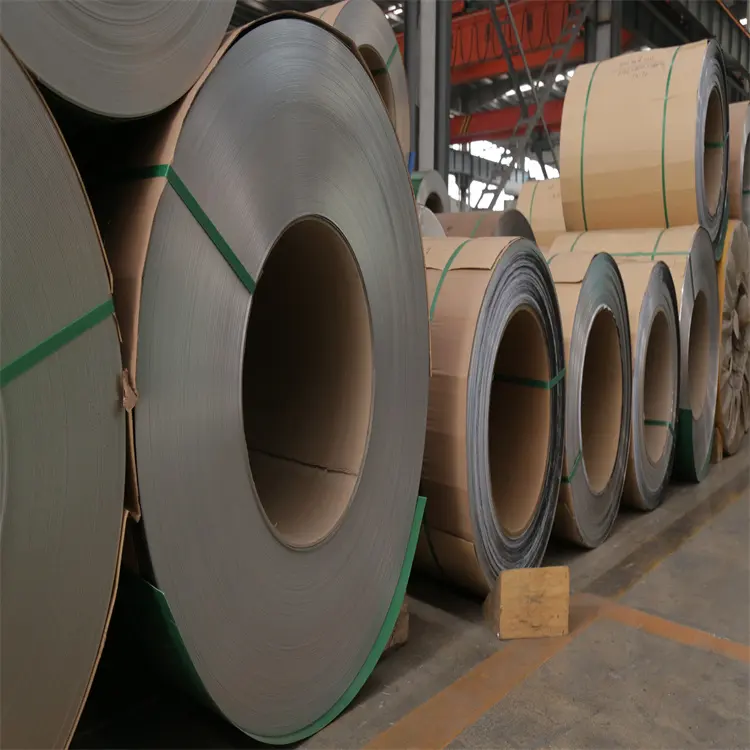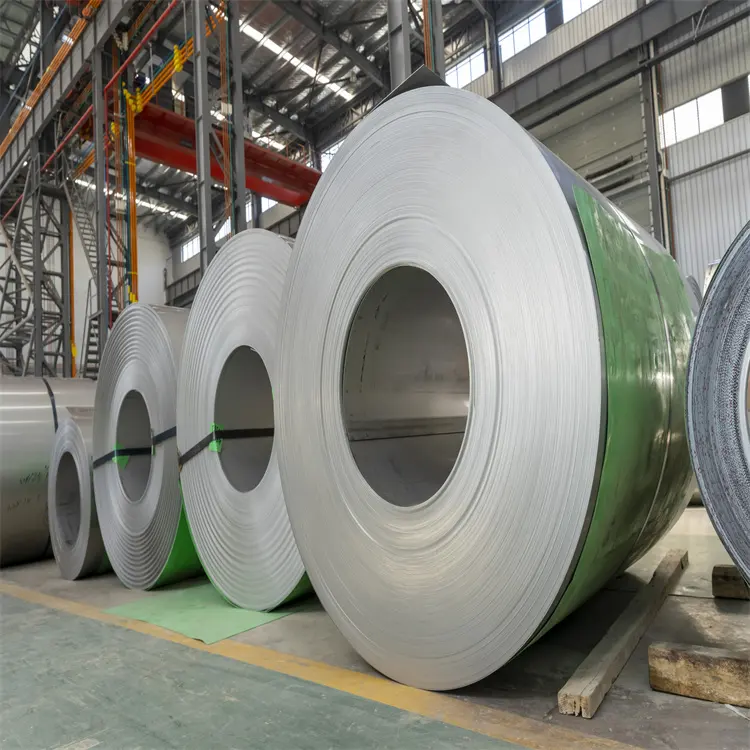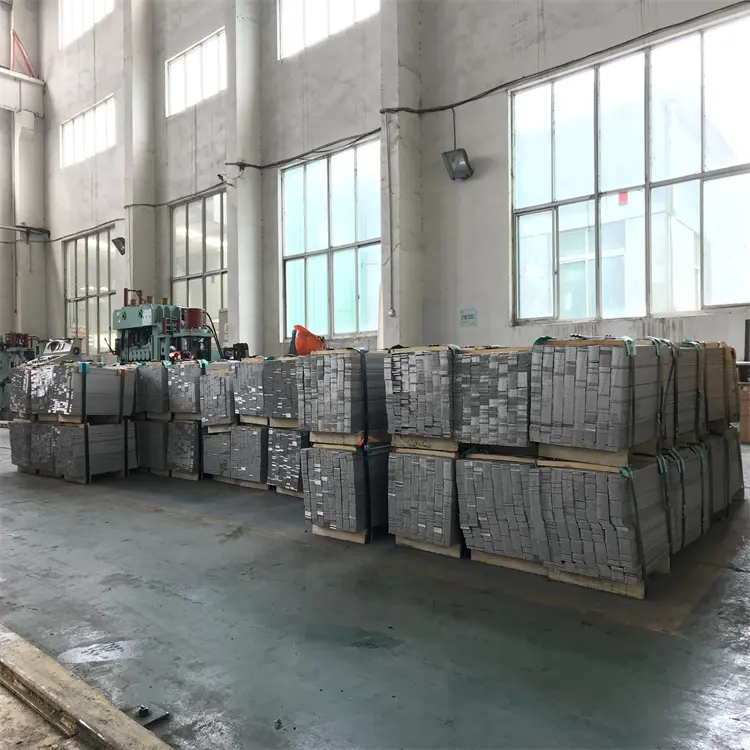316 ss plate for chemical industry
The 316 stainless steel plate represents a pinnacle of engineering excellence in the chemical industry, offering exceptional resistance to corrosive environments and harsh chemical exposures. This premium grade material features a unique composition of chromium, nickel, and molybdenum, which creates an impenetrable passive layer that protects against various forms of chemical attack. The plate's austenitic structure ensures superior mechanical properties, maintaining its integrity even under extreme temperature conditions ranging from cryogenic to elevated levels. In chemical processing facilities, the 316 ss plate serves as a fundamental component in the construction of reaction vessels, storage tanks, and processing equipment. Its remarkable durability extends to applications involving chlorides, sulfuric acid, and other aggressive chemical compounds. The plate's excellent weldability and formability make it ideal for fabricating complex equipment shapes while maintaining structural integrity. Furthermore, its non-magnetic properties and exceptional surface finish contribute to its versatility in pharmaceutical and food processing applications where hygiene standards are paramount. The material's low carbon content prevents carbide precipitation during welding, ensuring consistent performance across all operating conditions.


